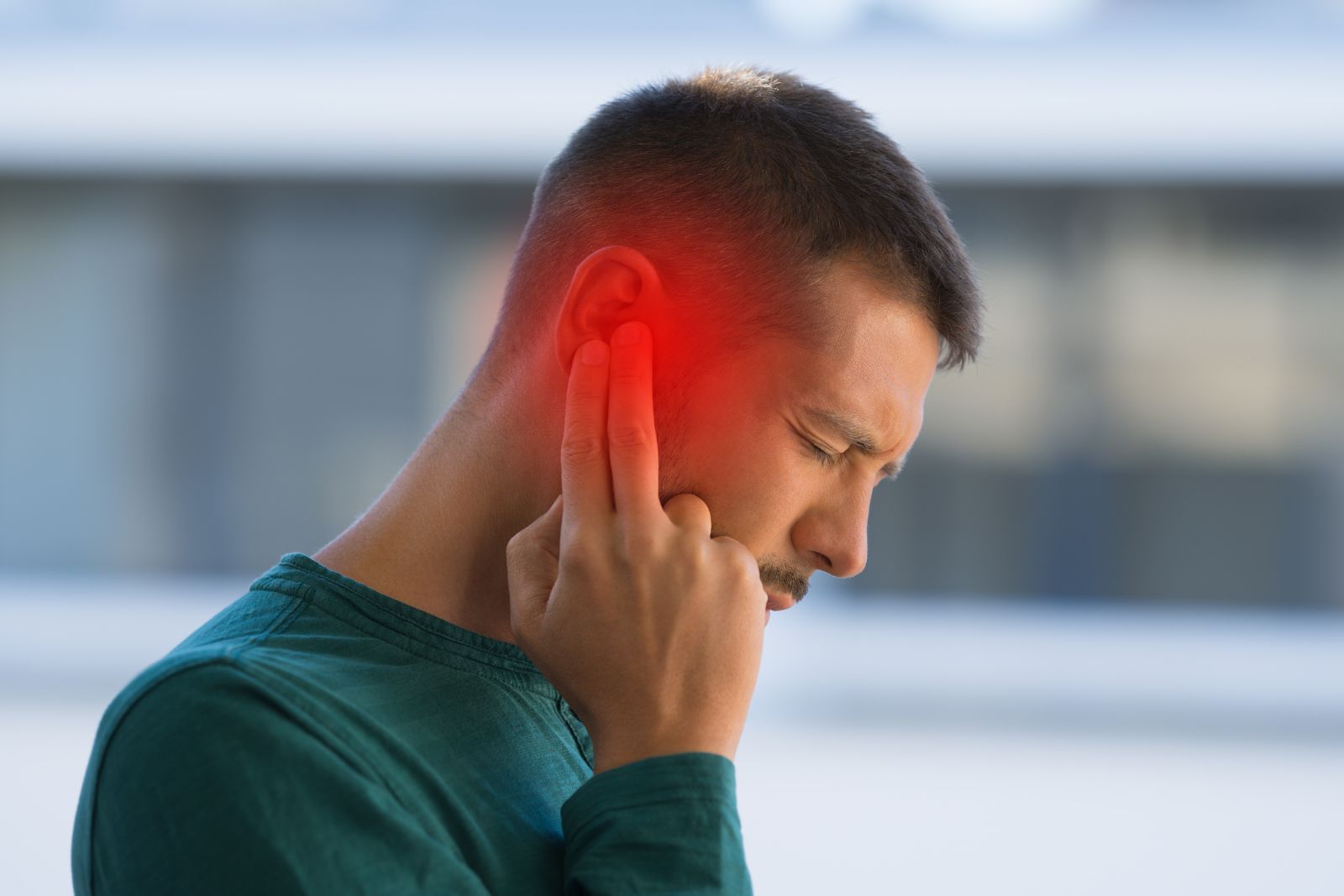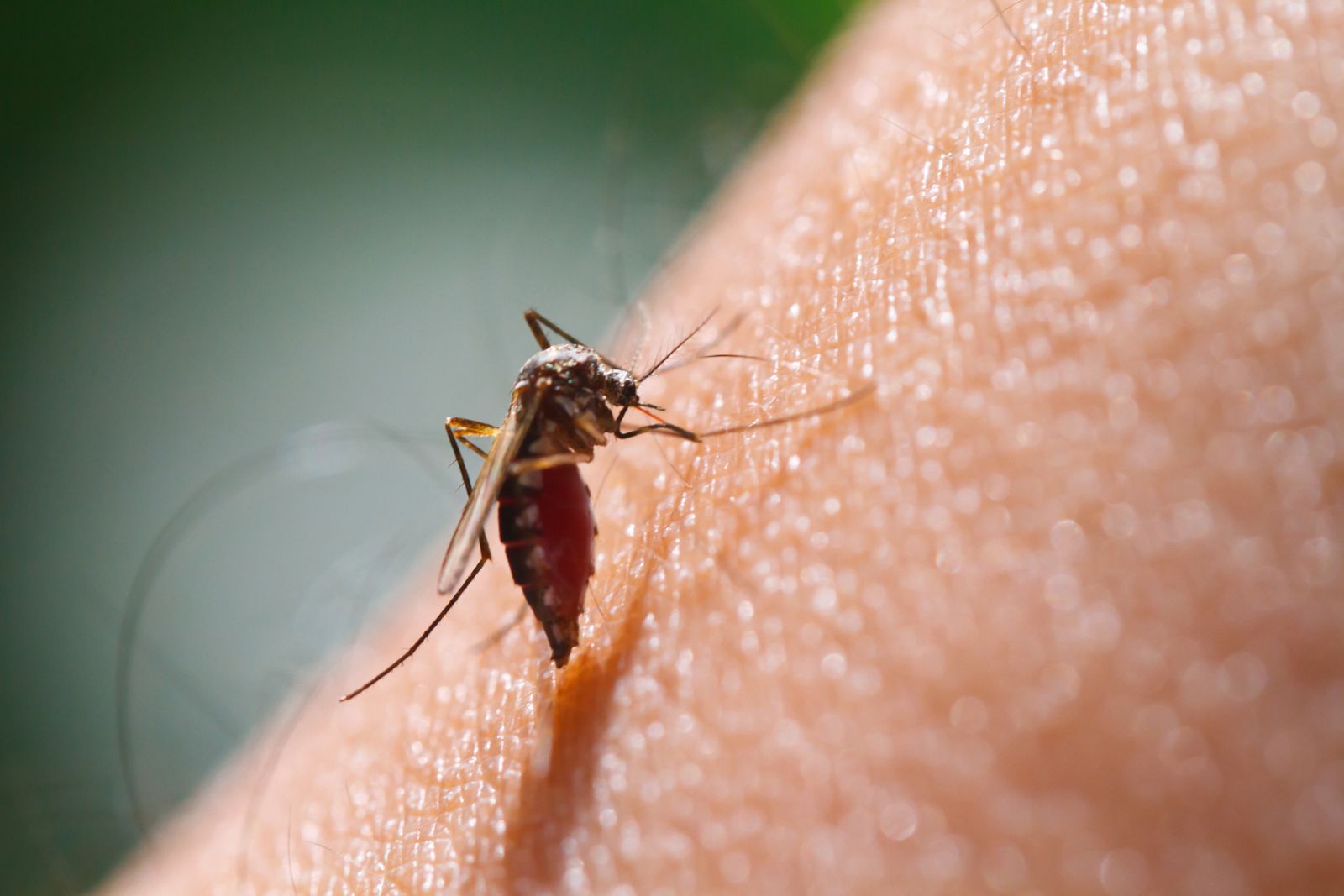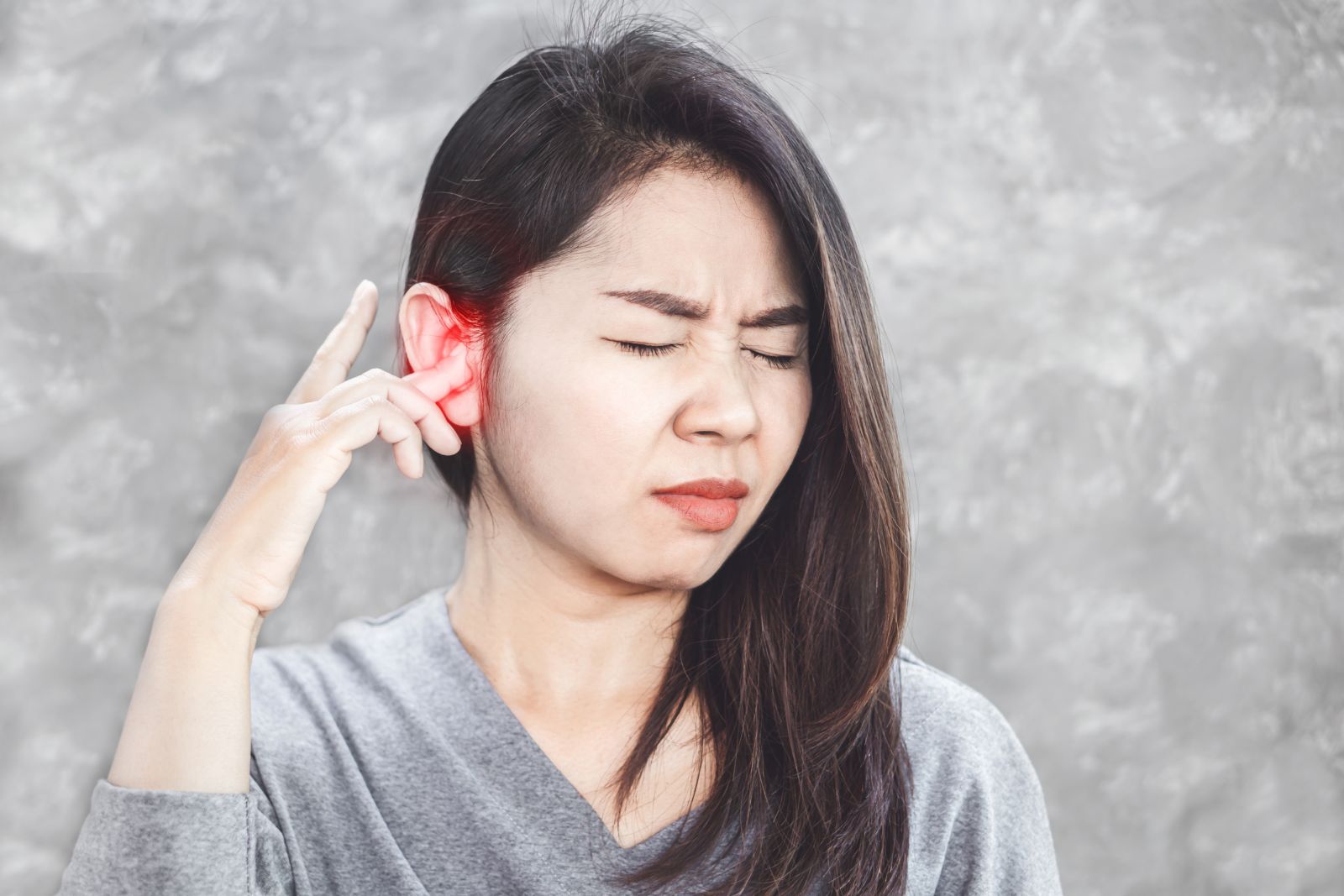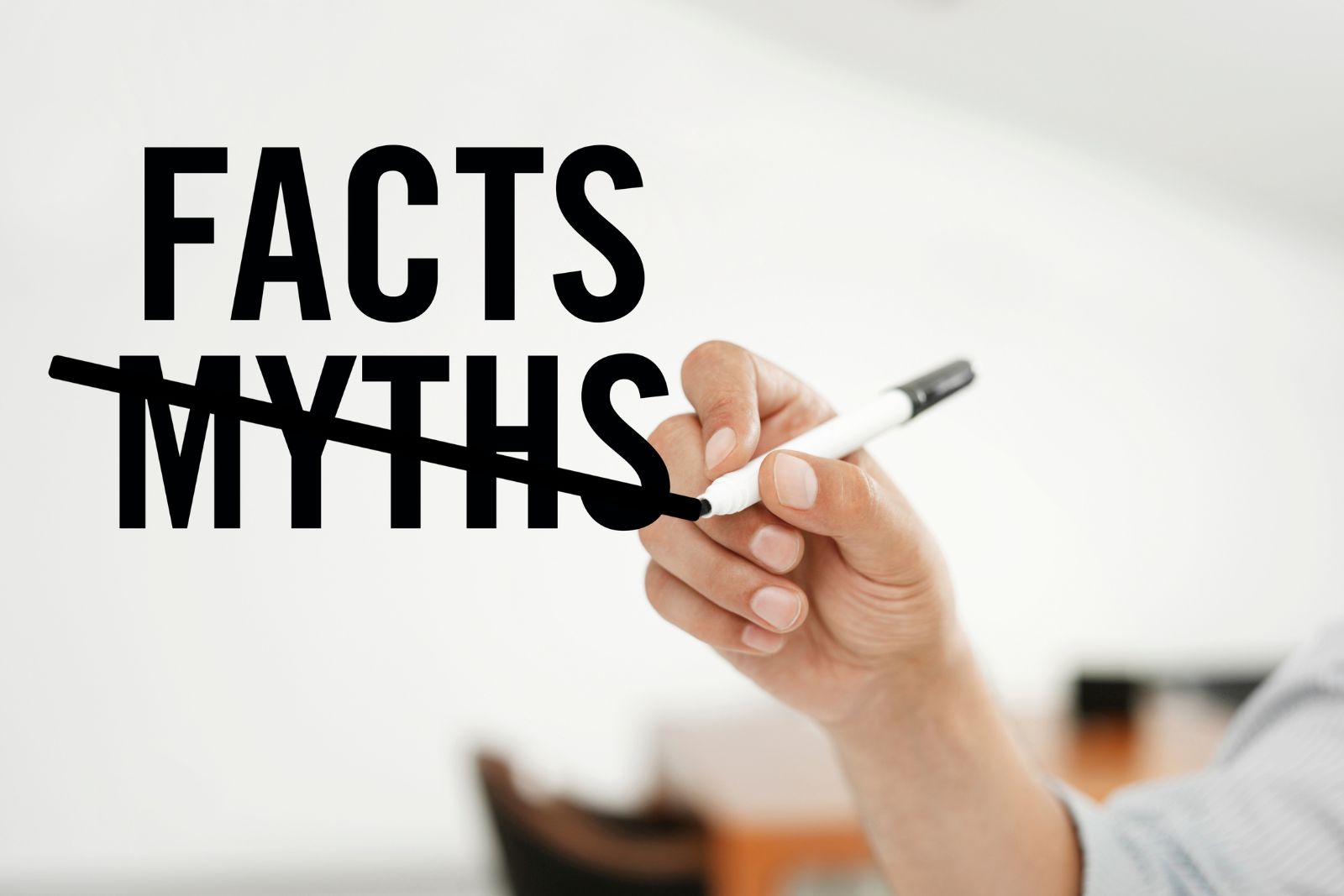We live in a noisy world. Dr. Richard Neitzel, of the University of Michigan, knows this only too well. In November 2019, his team at Michigan, along with a team at Apple Inc., set out on a two-year mission to measure some of the health effects of our noisy planet.
What they got was an unprecedented collection of information that answered an impossible-to-anticipate question — how does a pandemic affect noise pollution?
The Apple Hearing Study
The noise pollution problem
Around 1.1 billion young people worldwide are at risk of hearing loss simply because of their recreational habits. Occupational noise exposure affects up to 25% of American and 15% of Canadian workers. Plus, there’s traffic, daily construction in major cities, and a host of other sources of constant noise.
All this unwanted sound affects more than your hearing. It can disturb sleep, worsen patient outcomes in hospitals, even affect schoolchildren’s cognitive abilities. That’s on top of the already well-established effects hearing loss has on overall health.
In the face of this public health challenge, wouldn’t it be handy to measure just how much noise we’re all exposed to?
This is where Dr. Neitzel and his team come in.
The study
In this first-of-its-kind, two-year study, volunteers downloaded the Apple Research app to their iPhone. Headphone and sound-exposure data were regularly collected from their iPhone and Apple Watch (if applicable). The aim of the study was to measure how the sound levels we’re exposed to in our day-to-day lives impact hearing, cardiovascular health, and stress levels.
The COVID-19 Connection
A few months into the COVID-19 pandemic, they realized they had a unique, timely, privacy-centric opportunity: They could harvest data from their Apple Hearing Study to measure how social distancing affected sound-exposure levels.
They selected four states based on geographic and cultural diversity — California, Florida, New York, and Texas — and compared the data from two time periods. The first was January 8 to February 21, reflecting pre-COVID-19 conditions. The second period began for each state when that state first issued its social-distancing recommendations, and ended April 22, soon before the first states began loosening restrictions. They ended up with over half a million daily noise level measurements from almost 6,000 participants,
The Surprising Results
They published their findings in the journal Environmental Research Letters. Their analysis revealed that, compared to the pre-COVID-19 time period, daily average noise exposure was cut nearly in half during the social-distancing period, from just over 73 decibels to around 70.5 decibels.
One important piece of this decrease is the sound level at which it happened — 70 decibels. That’s well above the point at which noise can affect heart health, hypertension, and brainpower.
At those decibels, cutting sound exposure in half can have meaningful health benefits. In the words of the authors, “[T]he COVID-related reduction in sound exposures among study participants likely represents a meaningful reduction in overall risk of sound-related health effects.”
A Noisy World
The unforeseen — a pandemic — resulted in nearly halved noise levels, but you don’t have to wait for such extreme circumstances to take charge of your sound-exposure levels. From specialty earplugs to hearing devices, there are simple ways to take charge of how much noise you’re willing to put up with.
Contact us today to learn more about options for curbing noise pollution, regardless of the social-distancing situation you find yourself in!



